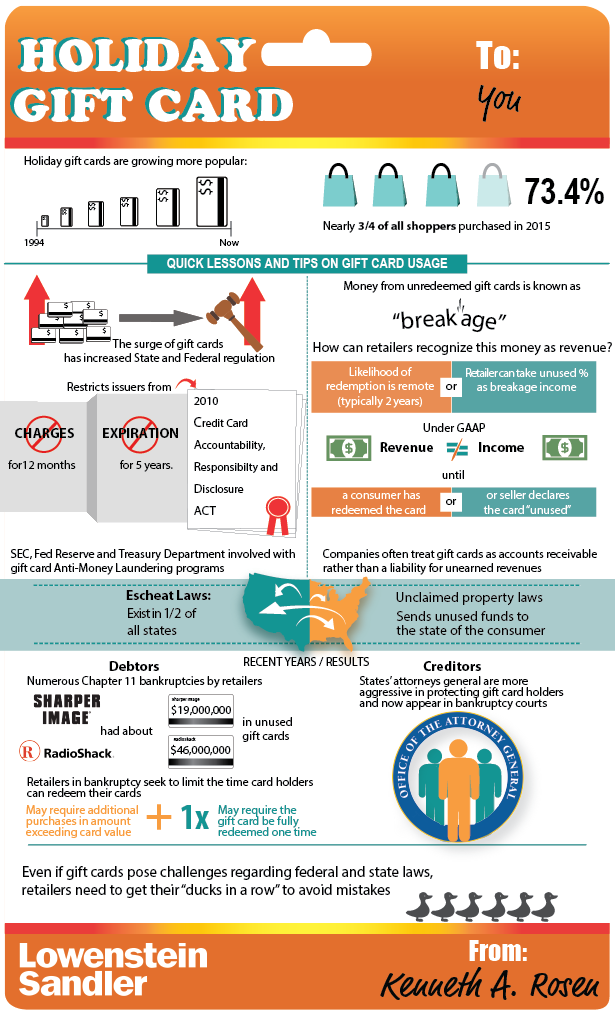Unlike other packaging types, glass products use customers a multi-sensory experience that urges them to interact. This is why numerous customers pick to acquire food and drink in glass.
Previous study on glasses has demonstrated that form affects consumer judgment and intake patterns. This research aims to examine these results in a natural context of drinking by investigating the influence of glass shape on subjective responses and alcohol consumption habits.
Transparency
Openness is an essential concept that's specifically crucial in building trust fund with new customers. According to a current report from NielsenIQ, 81% of food and drink buyers think about transparency crucial or incredibly vital when making their acquisition decisions both online and in-store. Including glass into your products and rooms can help you convey openness in a subtle manner in which's effective at developing an appealing user experience.
For instance, a company set up translucent glass dividers in its workspace to illuminate the space and advertise a more joint environment. Staff members reported an enhancement in state of mind and efficiency, citing the renewing effects of all-natural light and visual connection.
Furthermore, brand names that prioritize openness can reap considerable benefits in the form of brand name loyalty and count on from consumers. The skin care brand Paula's Option is an excellent example, as it provides a complete components checklist on its product packaging. By giving clear information regarding its products, the brand has constructed an outstanding online reputation amongst Generation Z customers and is considered a relied on source of skincare (Allison). The openness of glass can additionally invoke a feeling of quality and enlightenment in art items.
Multi-Sensory Experience
Multisensory experience design focuses on involving several human detects at the same time, leveraging the understanding that human assumption relies upon the input of numerous sensory methods. These include sight, audio, touch, taste, and scent.
By utilizing a multisensory strategy, brand names can use a much more significant brand experience that forges stronger emotional links with customers. Unlike conventional ad campaign that target the visual and acoustic senses, multisensory experiences are developed to boost a full spectrum of emotions and stimulate a much more nuanced perception of a product or service.
As an example, an interactive gallery exhibit can integrate a mix of sensory components to aid site visitors immerse themselves in the story. A virtual reality experience can integrate sight, hearing, and haptic comments to develop an immersive, sensory-driven experience. Additionally, multisensory experiences can be made to interest the specific cultural and personal preferences of each private user. Nevertheless, creating these experiences entails moral factors to consider that must be considered, such as guaranteeing that the experiences are accessible and inclusive to all people.
Communicates a Higher Level of Quality
When a business provides customized glass plaques to workers, it indicates that they are seen, not as just one of numerous, but as special individuals who bring special staminas to the group. This is an effective spirits booster that can have recurring favorable impacts on worker connections.
Special coloration, embossing, and proprietary shapes also convey a feeling of top quality. A craft distillery's distinct container layout, as an example, connects the brand name's artisanal strategy unique engraving designs and attaches its product to ancient amphorae. These features transform a container from a common to bespoke, developing an effective obstacle to imitation and establishing the brand as an authority.
Custom-printed glass wares can include a range of styles, from photo-realistic logos to imaginative illustrations. Engraved a glass of wine glasses, for example, make a fantastic gift for groomsmen or for commemorating birthday celebrations and wedding anniversaries. They also act as eye-catching home decoration pieces. These designs develop a much deeper emotional connection with the recipient and aid to construct brand name loyalty.
Engages Shoppers
Unlike other product packaging kinds, glass stands apart on racks and motivates in-store interaction. As an example, beauty brand name Guerlain enables consumers to etch their names on their iconic Rouge lipstick and perfume containers. This enables consumers to personalize their products and create personalized presents for others.
Consumers also like personalized glass products because they have the capability to see depictions of their designs and edit them as needed. Because of this, the product seems like their very own and they can feel great when adding it to their carts.
The jewelry, watch, and fashion business are understood for making use of these concepts and using product personalization as a selling device. Today, firms in the food and beverage market can likewise use this technique to get in touch with consumers on a psychological level and increase "Include in Cart" conversions.
